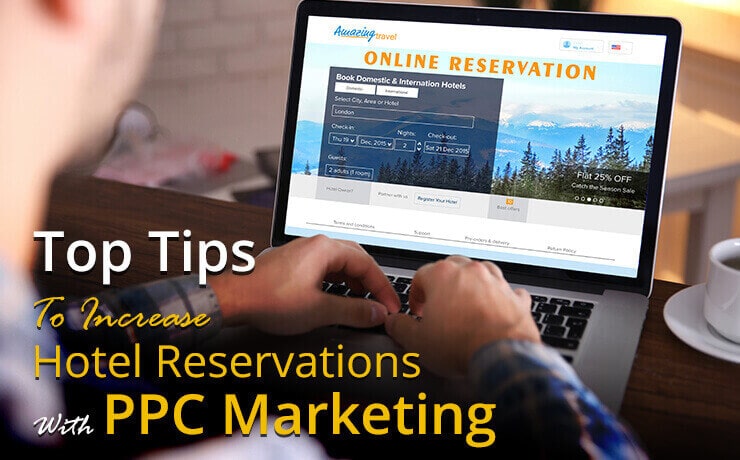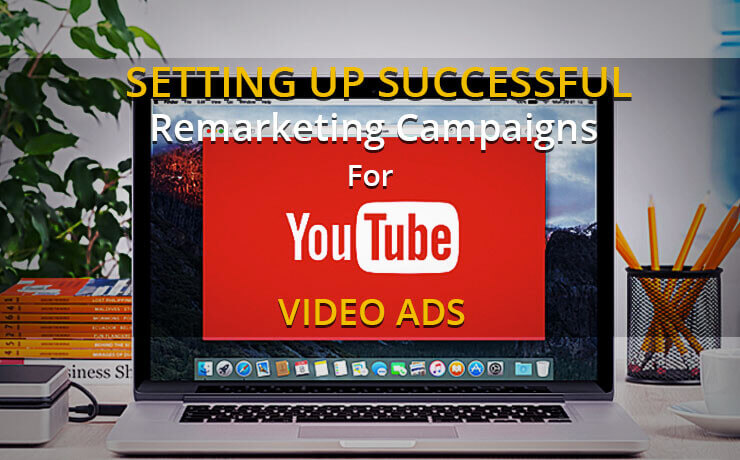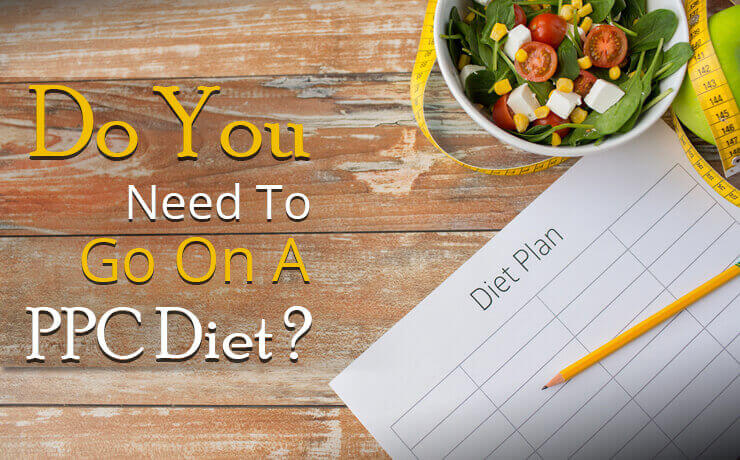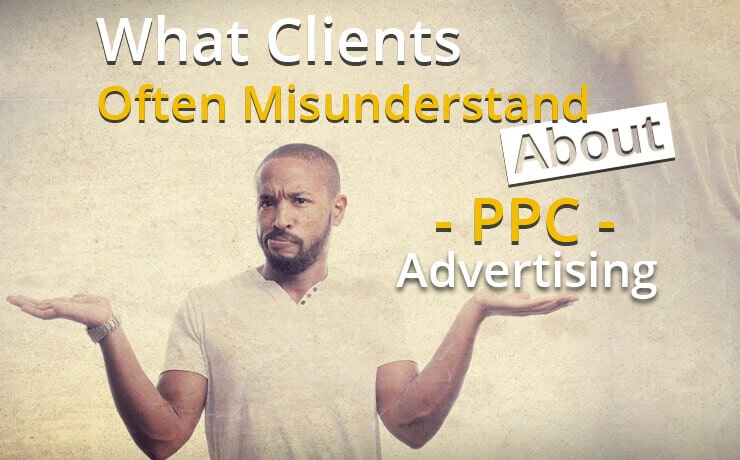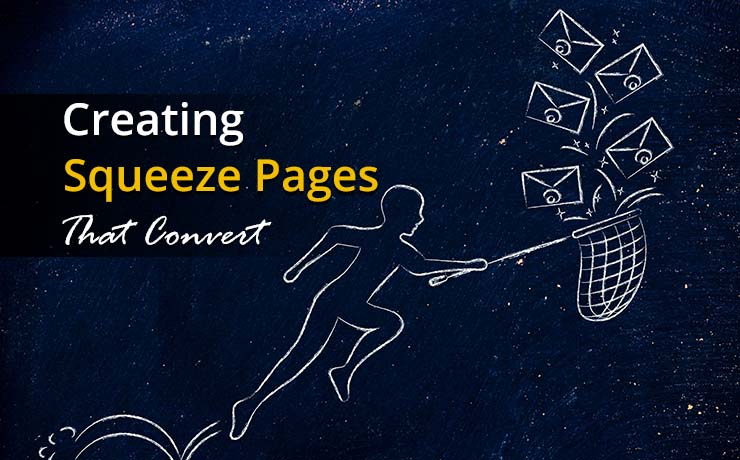
When it comes to PPC marketing, there is a wide range of lead generation strategies that companies can leverage. One of them include squeeze pages. These special landing pages, if done well, can successfully squeeze a first name and/or email address out of a website visitor. In this post, we will cover exactly what squeeze pages are and how to turn them into a secret weapon that drives conversion.
Squeeze Pages Vs. Landing Pages
A landing page is a single webpage that’s focuses on multiple goals: register for a webinar, download an eBook, or sign up for a free trial. Squeeze pages, however, are slightly different as they are more about collecting email addresses and names; nothing more. Below is a helpful summary of what squeeze pages and landing pages are all about:
Common landing page components:
- May have several conversion goals
- Short or long formats
- Feature multiple form fields
- Can be utilized as a standalone webpage
- Will answer with a welcome or thank you message
Common squeeze page components:
- Has a single conversion goal (acquire prospect’s email address)
- Often short and brief format
- Minimal form fields
- Can be part of a webpage (non-standalone)
- Followed by a welcome or thank you message
How to Create High-Converting Squeeze Pages
Now that you have a better understanding of what squeeze pages are and how they differ from landing pages, here are some useful tips on how to create a high-converting squeeze page:
- Write a powerful call to action (CTA)
Always aim to keep the squeeze page short and simple as most visitors will only spend a few seconds deciding whether to click away or opt in. Consider creating a good call-to-action (CTA) button that tells visitors what to do and why, as quickly and clearly as possible. For example, one can try “Claim Your Free Spot Today” or “Download a Free Report Now!” When it comes to design matters, go for visual contrast, as well as make the button large and easily clickable.
- Use an attractive background image
Don’t overthink when choosing an image to place on a squeeze page because it causes decision fatigue. Feature images that are easy on the eyes and support your main message. A good image always points visitors in the right direction; complements the page’s existing color scheme; is positive and relatable; and reflects your audience’s goals. Through extensive A/B tests, experts have found that full-width photo backgrounds tend to outperform plain page backgrounds as well.
- Deliver a strong message
After deciding the purpose of the page and how to build it, it’s time to write a message that entices readers. The trick is to tell the readers what to do and the rewards that come with those actions without overwhelming them. Remember, one does not need to be the hero of the story; there’s no need to prove anything about one’s business as a whole and/or convince them why they should work with you. The main goal is to get them interested in your lead magnet.
- Create good lead magnets
Lead magnets are freebie offers that one gives away in exchange for an email address. High-value lead magnets may include:
- Worksheets
- Templates
- Resource lists
- Checklists
- PDF guides
- Video trainings
- eCourses
- eBooks
- … and more!
Regardless of the format you choose, a good lead magnet needs to make sense for one’s audience and the business as a whole!
 Free
Consultation
Free
Consultation Free
Google Ads Audit
Free
Google Ads Audit

